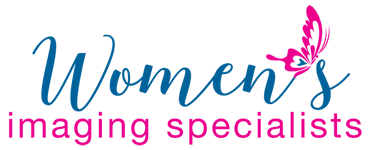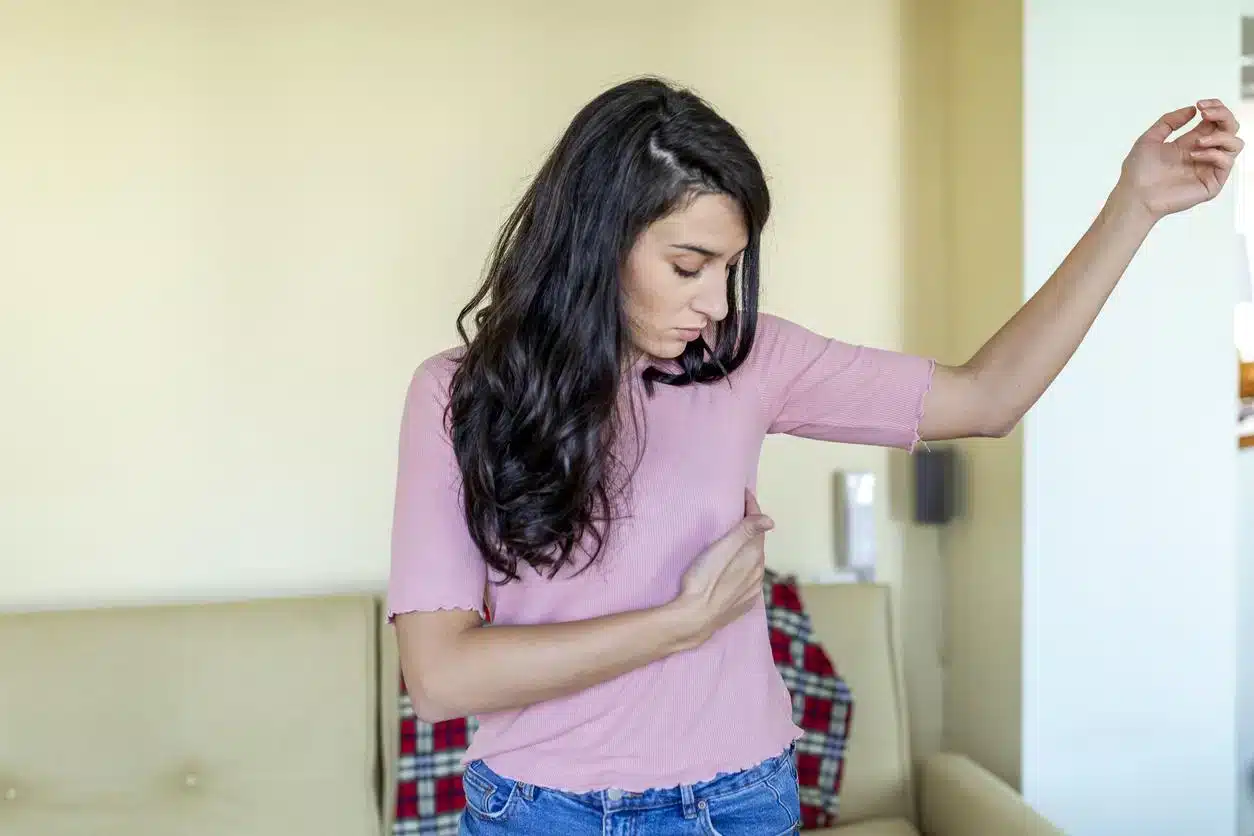Breast pain, also known as mastalgia, is a common condition among women. It is a form of discomfort, pain, or tenderness in the breast or the underarm region, brought about by several reasons, including breast injury, infections, and an incorrect bra fit.
Although many women may be concerned that breast pain equates to breast cancer, it would be good to clear the air and say that breast pain is NOT commonly a symptom of breast cancer. Breast pain affects about two-thirds of females in their reproductive years and is considered one of the most frequent complaints in females aged fifteen to forty years. Below are the main causes of breast pain in women.
1. Hormonal changes
One of the main reasons why women experience pain in the breast is hormonal fluctuations. Your breasts become tender or sore a few days before your menstrual period due to a rise in progesterone and estrogen. This kind of pain is known as cyclic breast pain and is nothing to worry about since it goes away several days after a period begins.
When you become pregnant, your hormones also change and ramp up, causing sore breasts during the first trimester. You can minimize the symptoms by
- – Wearing a supportive and comfortable bra
- – Using gentle heat to soothe the breast pain
- – Taking over-the-counter pain relievers
- – Reducing salt intake and avoiding smoking
2. Incorrect bra fit
Bras can cause breast pain too, especially if they are too tight or if they have an underwire that digs into the breast tissue. This causes the ligaments that connect your breasts to the chest wall to become painful and overstretched, resulting in achy breasts. To avoid this, ensure you get the correct bra fitting at a department store or purchase a non-wired bra. You can also wear supportive bras when exercising.
3. Fibrocystic breast tissue
Some women experience lumpy breast tissue known as fibrocystic breasts, which can become more painful during certain times of the month. They are mostly caused by hormonal fluctuations. The lumps are not necessarily linked to breast cancer because they are fluid-filled cysts rather than a mass of cells. They can easily be treated or managed by:
- – Applying warm or cool compresses when your breasts are more painful
- – Stopping or starting birth control, as advised by your physician
- – Taking over-the-counter medications like ibuprofen or acetaminophen
- – Avoiding large intake of caffeine, fat, or salt in your diet
4. Breast injury
Your breasts are susceptible to injuries just like any other part of your body. They can be injured because of an accident, breast surgery, getting implants, or from an accident. An injury can cause the breast vein to swell and form a blood clot, leading to severe pain that lasts for a few days to several weeks after treatment.
However, if you experience more serious symptoms like a lump that won’t go away, severe swelling, redness and warmth in the area, or a bruise, it would be best to consult your doctor.
5. Medications
Certain medications are known to trigger breast pain too. They include:
- – Chlorpromazine, a medication used to treat mental health conditions
- – Oxymetholone, which is used to treat low red blood cell count
- – Hormonal therapies like birth control pills and infertility treatments
- – Methyldopa, a medication for high blood pressure
While you shouldn’t stop taking these doses, it would be best if you spoke to your doctor about other alternatives.
6. Breastfeeding and breast infection
Breastfeeding can cause cracked and sore nipples if your baby isn’t latching the right way onto your nipple. It may feel like a sharp pinch at first, but it gets serious and eventually causes breast pain. You can ease the soreness with ointments or by rubbing a few drops of milk on your nipples before breastfeeding to soften them.
Mastitis is a term used to describe the swelling or inflammation of the breasts. It is an infection that mostly occurs in breastfeeding women and rarely in women who are not. The symptoms include swelling and warmth in part of the breast, fever, redness, and headaches. The treatment for this is antibiotics.
Key takeaway
Breast pain can be worrisome, but it is not usually a cause for alarm. However, it would be best if the breast pain could be looked at by a doctor to rule out any major problem, but it does not automatically mean that it’s breast cancer.
At Women’s Imaging Specialists (WIS), we believe in making a difference in the lives of our patients by providing individualized, compassionate, and ethical care with a focus on our patient’s health. We do not take breast pain lightly, which is why we encourage you to visit our page today and schedule a mammogram screening. Let us make your health our priority.


